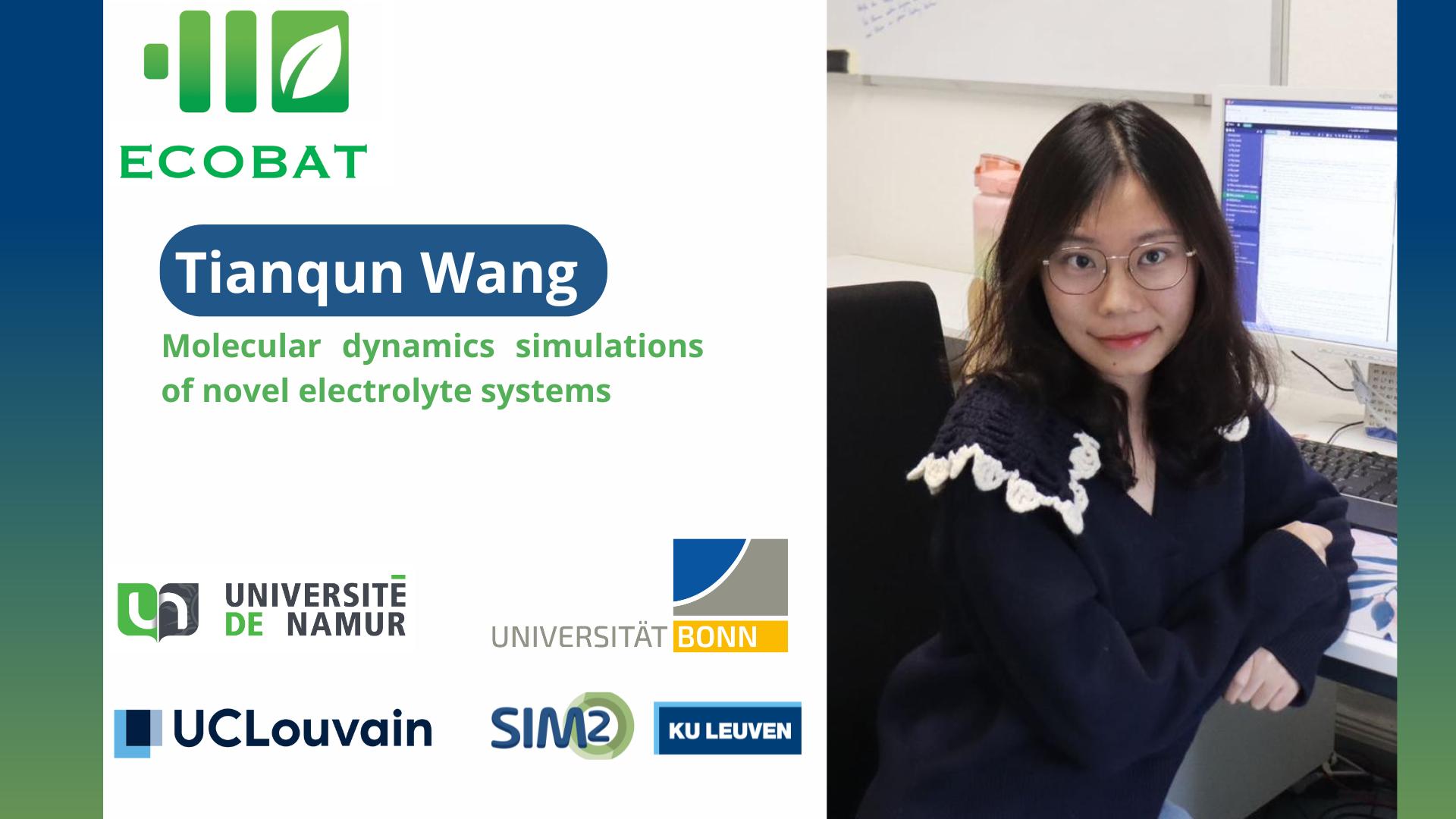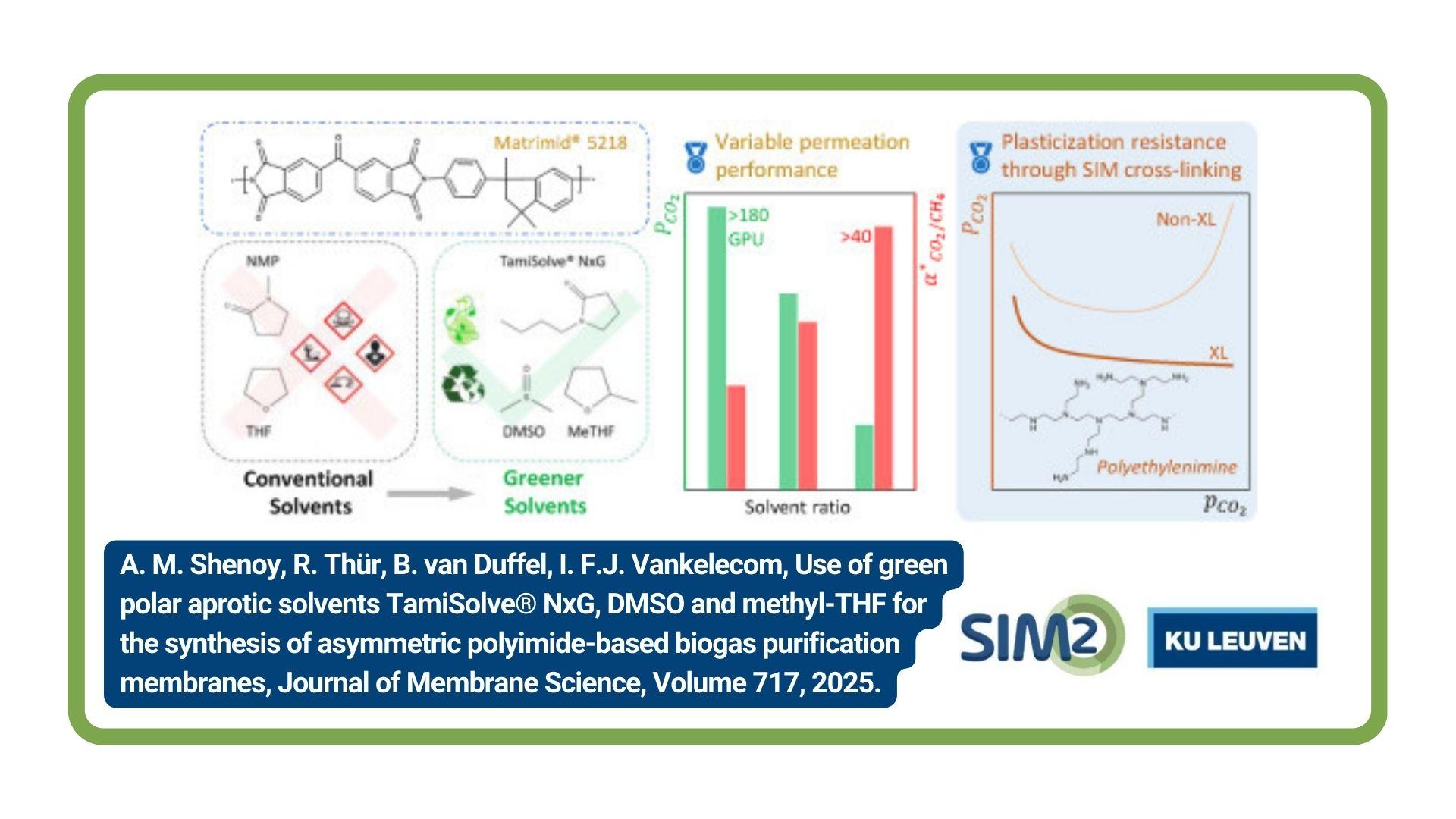In collaboration with Umicore, SIM² KU Leuven researchers have developed a new process to purify crude indium(III) hydroxide, In(OH)3, using a combined leaching/extraction system based on the thermomorphic and acidic properties of the ionic liquid betainium bis(trifluoromethylsulfonyl)imide, [Hbet][Tf2N]. The work has been published in Green Chemistry. (Leuven, 9-5-2018)
Indium
Indium is essential for many electronic applications, e.g. photovoltaics and laptops. Due to the increasing demand for indium in high-tech applications and China’s dominance in the indium production, this metal is labelled as a critical raw material by the European Commission. To keep pace with the increasing demand, efficient industrial processes for the recovery of indium from ore-processing by-products and end-of-life consumer goods must be developed. Extractive metallurgy has been developed to recover indium from ore-processing by-products and end-of-life consumer goods. The recovery of indium through extractive metallurgy makes use of pyrometallurgical and/or hydrometallurgical processes. Crude indium(III) hydroxide (In(OH)3) is an intermediate that is often created during the processing of indium sources.
Hydrometallurgy
Hydrometallurgical processes are very suitable for extracting indium from crude In(OH)3. It involves unit operations such as leaching, solvent extraction, cementation/precipitation, electrowinning and refining. Processes frequently involve multiple precipitation and dissolution steps with large volumes of waste water. Multiple processing steps lead to product losses in reject streams and high processing costs. Among the approaches to overcome the disadvantages of the existing metal manufacturing technologies, ionic liquids can be alternative solvents in hydrometallurgy. Ionic liquids are solvents that consist entirely of ions. Ionic liquids can be used either for replacing the aqueous phase in leaching processes or for replacing the molecular solvents in the organic phase of solvent extraction processes.

Thermomorphic leaching/extraction system
To achieve selectivity and high metal loading upon leaching crude In(OH)3, an alternative treatment is proposed that uses a reusable ionic liquid leaching agent, the ionic liquid betainium bis(trifluoromethylsulfonyl)imide, [Hbet][Tf2N], in combination with an excess of water (>13 wt%). The protonated carboxyl-functionalized ionic liquid can dissolve large quantities of metal oxides due to the carboxylic acid group (pKa = 1.83) located on the cation of the ionic liquid. Also, leaching is combined with metal extraction (separation) in one convenient step thanks to the thermomorphic properties of this ionic liquid–water system. A 1 : 1 wt/wt [Hbet][Tf2N]–H2O mixture forms one homogeneous phase above the upper critical solution temperature (UCST) of 55 °C and two phases below that temperature. The metals might selectively distribute themselves between both phases, which can lead to the separation of metals upon cooling down the leachate below the critical temperature, and hence to phase separation.
The optimal leaching/extraction conditions were determined to be a leaching time of 3 hours at 80 °C in a 1 : 1 wt/wt [Hbet][Tf2N]–H2O mixture. The formation of a biphasic system induces metal separation where In(III) is extracted to the ionic liquid phase, whereas Al(III), Ca(II), Cd(II), Ni(II) and Zn(II) ions remain in the aqueous phase with high separation factors (α > 100). Fe(III), As(V) and Pb(II) are co-extracted to the ionic liquid phase. The separation factor between indium and iron can be increased (α > 1000) by addition of ascorbic acid to the aqueous phase, thereby reducing Fe(III) to Fe(II). A HCl solution was used to strip In(III) to the aqueous phase. The stripping step also regenerated at the same time the ionic liquid. This closed-loop system generates only small volumes of waste and offers selectivity, mild conditions and reusability. By combining a prehydrolysis and hydrolysis step on the aqueous phase obtained after stripping, the purity of the crude In(OH)3 was improved from 86.2% to 99.4%.
Full reference paper
Clio Deferm, Jan Luyten, Harald Oosterhof, Jan Fransaer, Koen Binnemans, Purification of crude In(OH)3 using the functionalized ionic liquid betainium bis(trifluoromethylsulfonyl)imide, Green Chemistry, 20, 2018, 412-424, 10.1039/C7GC02958F.
Acknowledgements
This research was supported by the Flemish Institute for the Promotion of Innovation by Science and Technology (IWT Vlaanderen) via a Baekeland PhD fellowship to Clio Deferm (IWT 130305) and by the Umicore Group Research & Development. ICP-OES measurements were performed in the analytical laboratory of Umicore Group Research & Development.
Bio main author
 Clio Deferm is a doctoral researcher working with Prof. Koen Binnemans in the group of LIC at SIM² KU Leuven. She graduated in Chemistry (BChem) in 2011 at UHasselt and (MChem) in 2013 at KU Leuven. Her PhD is in collaboration with Umicore.
Clio Deferm is a doctoral researcher working with Prof. Koen Binnemans in the group of LIC at SIM² KU Leuven. She graduated in Chemistry (BChem) in 2011 at UHasselt and (MChem) in 2013 at KU Leuven. Her PhD is in collaboration with Umicore.





